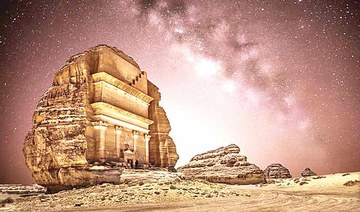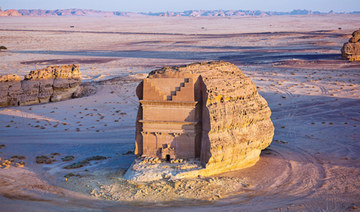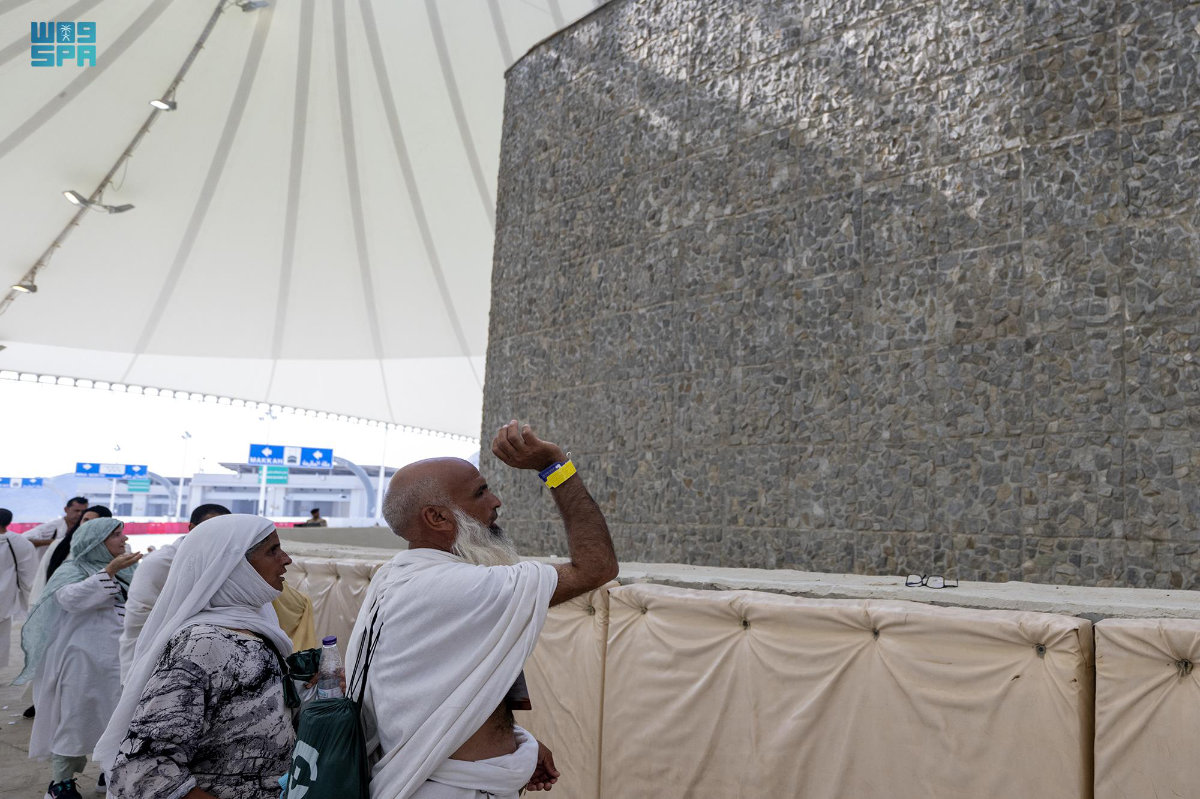ALULA: A specialized architectural design studio has been set up for residents in AlUla as part of a major urban regeneration project for the historic Saudi city.
The AlUla Design Studio (UDS), launched by the Royal Commission for AlUla (RCU), is a new public service that aims to play a key role in helping locals shape the future development of their community.
Phase one of the scheme will concentrate on regeneration in AlUla South focusing on the creation of more green spaces including parks, playgrounds, and playing fields, with the revitalized Wadi AlUla as a connecting natural thread.
The RCU wants to promote AlUla town as a model of urban planning, regeneration, and quality of life in the Kingdom and the UDS initiative will provide the residents of AlUla South with the opportunity to choose property styles that suit their locality.
The studio will offer those looking to build residential or commercial properties a range of design templates.
Drawing inspiration from traditional Arabian architecture such as shaded inner courtyards, open rooftops, and natural light the templates can be mixed and matched to enable residents to realize their dream property.
By integrating modern sustainable technologies and building materials, the designs take into account comfort and quality of life while embracing the colors of AlUla to harmonize with the area’s history, heritage, and environment.
The designs also maximize the use of space on each plot of land, efficiently providing residents with homes meeting family needs and ensuring that all new buildings contribute to a more community-focused AlUla.
Wider boulevards and shaded walking areas will also be created.
The templates align with the new user-friendly architectural guidelines recently released for AlUla residents and landowners looking to build properties. The guidelines, which also emphasize sustainable building materials and integration with infrastructure, are available to download from the UDS website at http://uds.rcu.gov.sa.
Residents can get full details on how to kick-start the development of their new home or business by visiting the website and they can appoint an architect via the Ministry of Municipal and Rural Affairs’ Balady website as the first step in applying for a building permit.
Abdul Aziz Al-Aqeel, the RCU’s chief county operations officer, said: “This is the first opportunity for the community of AlUla to build not just the homes they desire, but to shape the town around them.
“The community here have long been custodians of AlUla’s history and heritage, and with the UDS tools and architectural guidelines this is an opportunity for the community to become custodians of AlUla’s future too.
“This is a chance to establish AlUla as a role model in Saudi Arabia for community-guided urban planning, regeneration, and quality of life – all in line with the wider realization of Vision 2030.
“The process is very easy. Residents just need to visit the user-friendly UDS website for full information and to appoint an architect via Balady. A dedicated team of experts will then advise residents and their appointed architects. Further help is also available through the RCU contact center on 920025852,” he added.
Urban development of this kind is part of the RCU’s plan to improve quality of life for AlUla residents, driven by RCU Gov. Prince Badr bin Farhan.
The development will encompass upgrades to telecommunications and infrastructure, including the expansion of Prince Abdul Majeed bin Abdul Aziz Airport to handle 400,000 visitors annually, improvements to local services such as doubling the number of primary and intermediate schools, a new healthcare clinic, more urban green environments, plus new playgrounds and sports fields.
Stephen Murray, chief of county zoning and planning at the RCU, said: “We are committed to making AlUla a better place to live, work, and visit – for this generation and those to come.
“Part of that is now in the hands of the community of AlUla as it makes use of the UDS, but at the same time we are going to be undertaking a major expansion of shared spaces in AlUla.
“Supported by the regenerated Wadi AlUla, which will provide a natural, walkable town, we are developing a range of public green spaces suited to the local climate. In keeping with our new architectural guidelines, these will all be in walking distance of AlUla’s homes.”




























